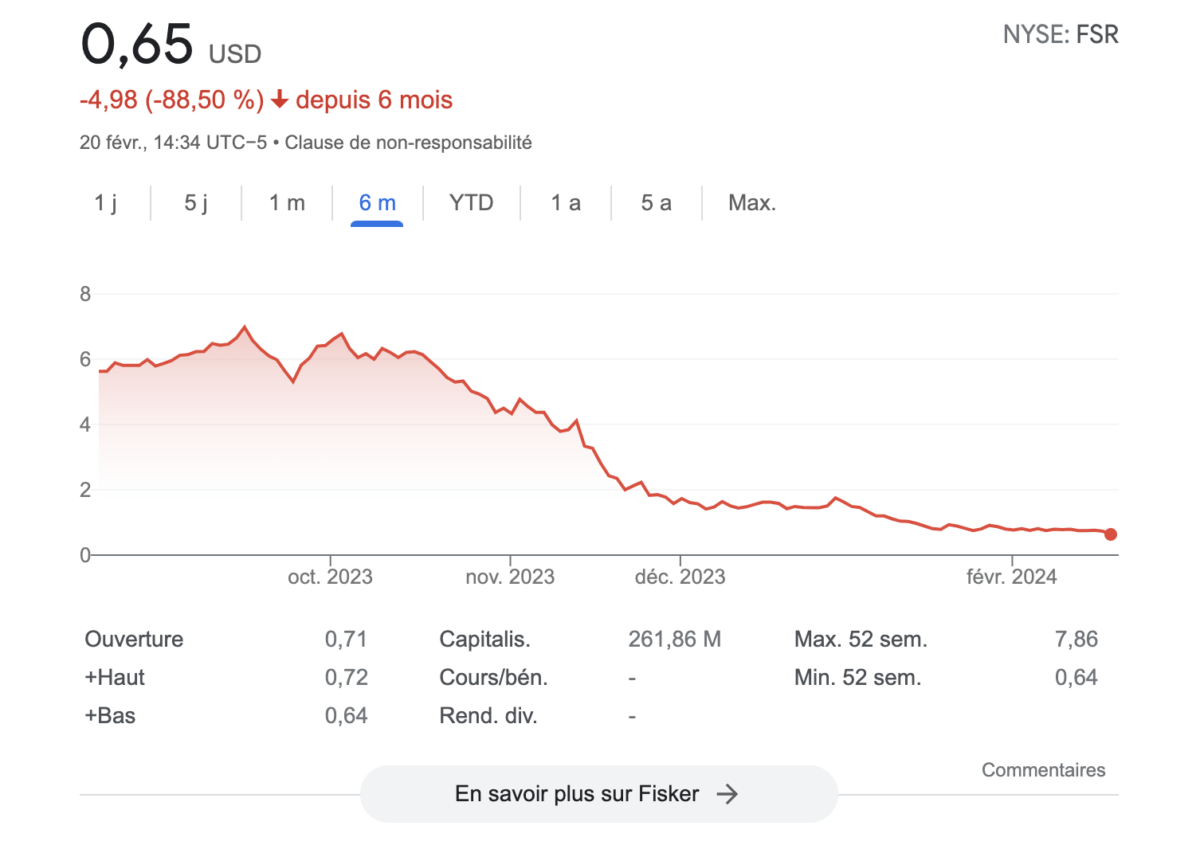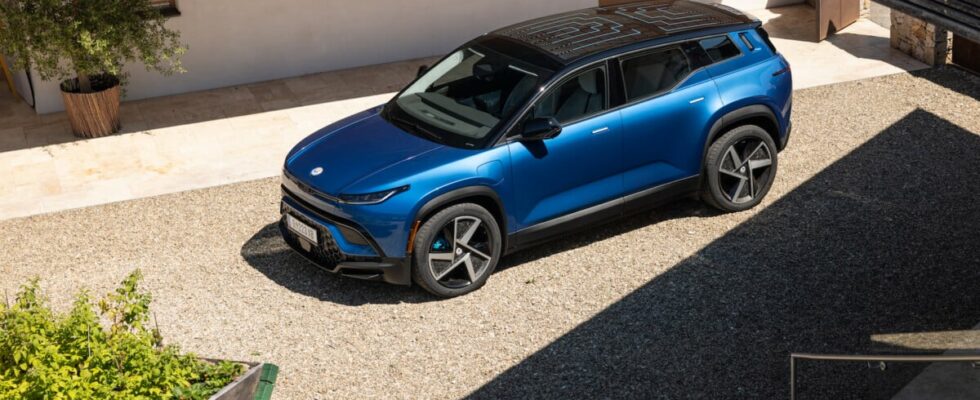How will Fisker get out of these difficulties? This is the big question in the electric automobile industry, particularly for observers who closely follow the adventures of the Ocean manufacturer.
Launching a new car brand in an already saturated and ultra-competitive market is a bit like trying to navigate a crowded concert hall. And when this brand focuses on electric cars, the challenges multiply.
Fisker, with its Ocean SUV, embarked on this adventure, armed with high ambitions and a lot of promise. However, the feedback, notably from Marques Brownlee, better known as MKBHD, reveals a completely different piece of the score.
“ This is probably the worst software in any car I have ever tested. » This is how MKBHD describes its experience with the Ocean. The words are harsh, but reflect a frustrating reality for users: “ The driver assistance system is both the worst and most dangerous I have ever used. “.
When he adds, “There were so many bugs… it was incredibly frustrating,” we understand that the road to success will be long and fraught with pitfalls for Fisker.
6 /10


These criticisms touch on a sensitive point for any newcomer to the automotive market: perceived quality and user confidence. Fisker, despite an attractive design and promising features, struggles to convince due to software bugs and reliability problems. It’s not just a technical problem, it’s a question of security and customer satisfaction.
We also had many problems during our test of the Fisker Ocean, as you can read in our full test, but also in our video on the subject.
Testimonies reporting bugs and malfunctions in the Fisker Ocean reveal a reality where the transition from design to production seems to have neglected key steps, essential to guaranteeing a reliable and secure user experience. Moreover, the difficulties encountered by Fisker are not limited to technical aspects or user experience. The company’s financial situation raises questions about its long-term viability.
A significant financial risk
Fisker’s sales, a key barometer for gauging its market position, reflect the challenges the company faces.
The company produced more than 10,000 of its Ocean electric SUVs last year, a figure that, while impressive for a new manufacturer, remains far from the initial production target. Of this total, only around 4,700 vehicles were actually delivered to customers. In France, according to AAA Data, there were only 91 Fisker Ocean registrations in 2023.
This difference between production and deliveries highlights not only logistical and production problems but also possible market reluctance.
Besides, the stock market is not doing Fisker any favors. A glance at their financial journey reveals a new moment of tension: a notice of non-compliance from the New York Stock Exchange (NYSE), after Fisker’s stock price fell below the critical threshold of 1 dollar on average over 30 consecutive days.

This situation is not only a wake-up call for Fisker executives; It also sounds like a wake-up call to potential and current investors, highlighting the risks associated with investing in a company that is struggling to deliver on its promises.
These obstacles are not limited to the financial aspect, but also affect the confidence of consumers and investors in the company’s ability to overcome its current difficulties and realize its future ambitions. Fisker, despite headwinds, seems to be staying the course with projects like the Pear electric urban crossover, the Ronin sports car and the Alaska pickup. The question is whether Fisker can overcome its current challenges, improve its reliability and convince the skeptics.
Many do not survive
Fisker is not alone in this mess. In China, for example, the electric vehicle market is booming, with fierce competition and a plethora of new brands trying to find a place.
Many do not survive, closing their doors under the pressure of costs, technical challenges and difficulty gaining consumer trust. We were talking about HiPhi just this week.
We think, for example, of Aiways, which had to review its strategy in order to survive following major financial problems. Others have even simply gone bankrupt, like Byton or the little-known firm WM Motor, the automotive subsidiary of Chinese real estate giant Evergrande. In the United States, there is also talk of the potential bankruptcy of Lucid and Rivian.
This situation underlines a crucial point: entering the automotive sector, especially in the electric segment, requires more than a good idea, a big technical sheet or an innovative design. It takes flawless execution, a solid financial foundation and the ability to bounce back.
